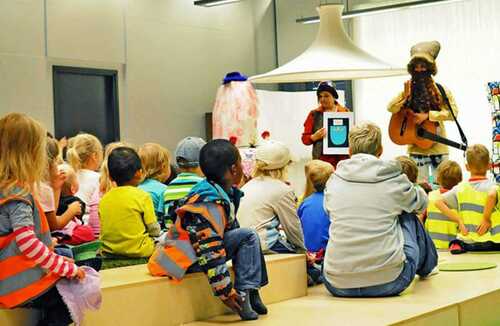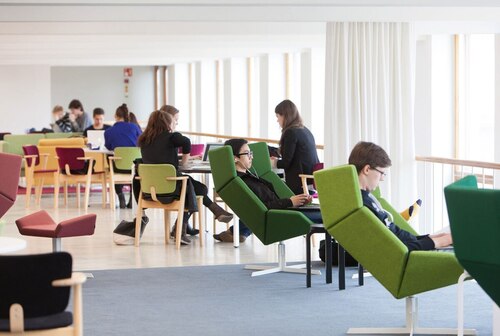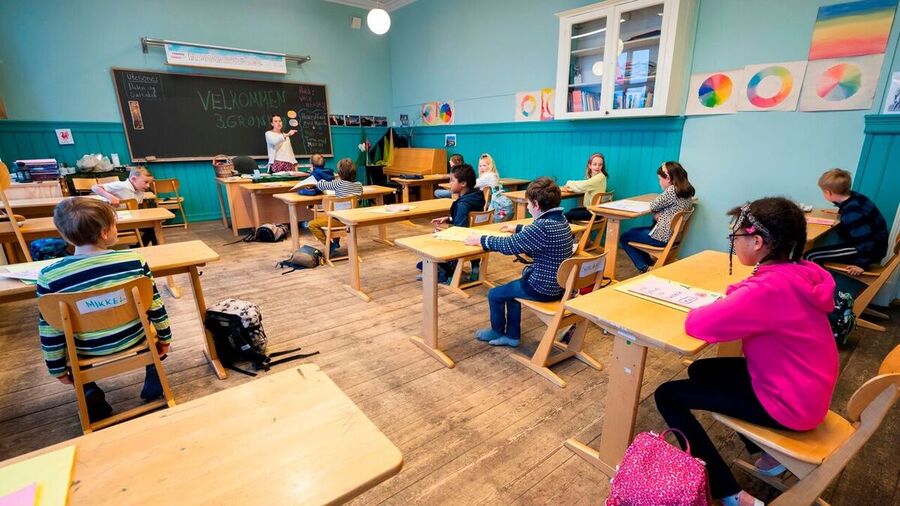When we talk about the educational system, many people think about “Finland’s” schools. Among the developed Western countries, Finland possesses one of the best and most successful educational systems in the world.
In the past years, Finland transformed their educational system with some simple and practical policies. These changes have made Finland’s educational system much better than the U.S.’s or Asian countries’ educational systems.
But how come Finland’s educational system has reached such a high level? How do they educate their students in Finland? Do the students only memorize what they have been taught like robots? Does Finland emphasize tests, exams, and entrance exams for universities? We will point out some points the reasons for Finland’s success in educating its children below:
In most of the world’s educational systems, tests, and entrance exams are the two main characteristics of their schools. The students’ knowledge and expertise on the subjects will be evaluated via these tests. And the students will forget what they have learned a week after school. The problem with these systems is that students only try to memorize a large amount of information a day or two before their upcoming tests in their short term memory simply for passing the exams.

However, in Finland’s educational system, there are no exams. Although there is only one exam i.e. the entrance exam to go to the national university, in which the volunteer students could participate. Every student in Finland will be assessed individually by their own teachers.
Finland’s educational system hires teachers via a very strict process. Every teacher must have a master’s degree. And if a teacher does not do their best, the school principal needs to take the matter in hand immediately. There is no such thing as introducing the best school or teacher in Finland; an educational system is a place where people cooperate in team activities.
A lot of schools around the world are involved in enhancing their test levels in thinking and knowledge areas but in Finland, this is a different matter and they consider these points instead: “Education must be a tool to eliminate social injustice; every student must have access to meals, free medical and psychological services; every student must be guided individually.”

The schools start at 9:00 to 9:45 A.M. every morning and end at 2:00 to 2:45 P.M. Research has shown that the earlier the school begins, the worse the effects they would have on the students’ health. There are no extra classes after school are done for the day. The classes take a lot of time as well as the break times.
The schools in Finland are not crowded and there are not many students or teachers in these schools. There are no classes with 50 students. Each teacher can teach six grades. Throughout these six years, the teacher becomes a family member for the students so a sense of confidence and respect grows among the teachers and their students. This makes the teachers much more sympathetic towards the students.
There is much less stress and anxiety in Finland schools and they take good care of the students. The students only have two classes during the day. At the same time, they have several breaks on which they can eat snacks, play games or rest.
The students have little or no homework out of school. They only have half an hour for studying at home so they experience less stress. Whatever needs to be done will be done at school without any pressure. Generally, the students are not worried about getting good marks, they only think about one thing: “Learning and becoming better people.”










